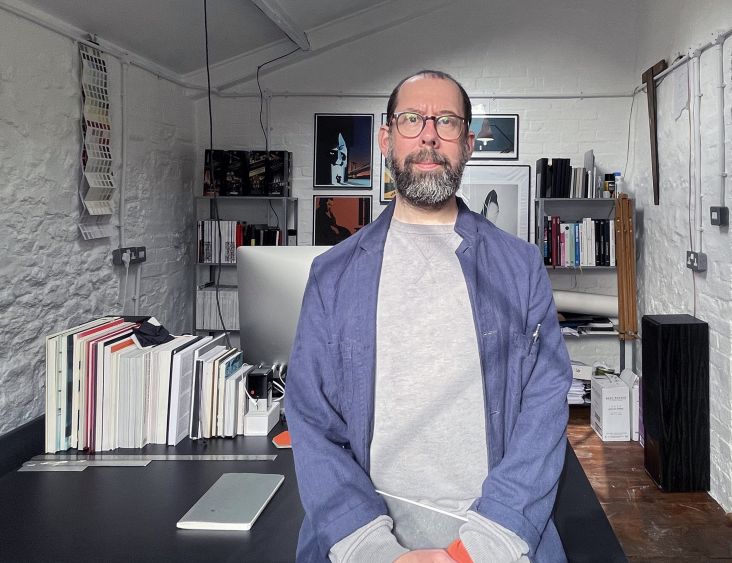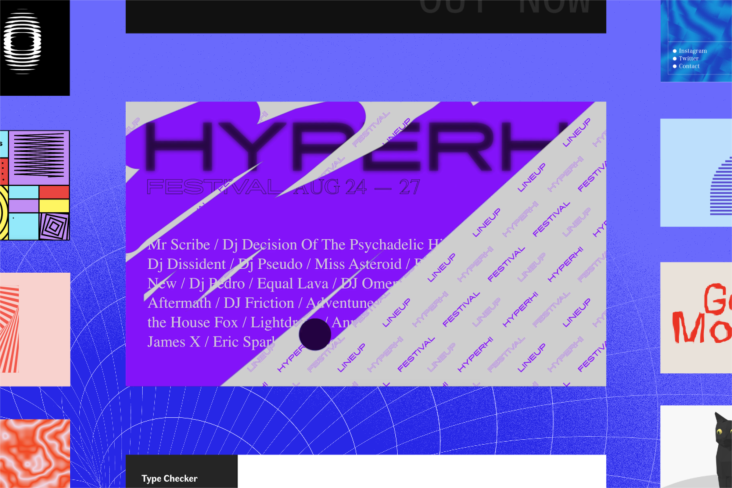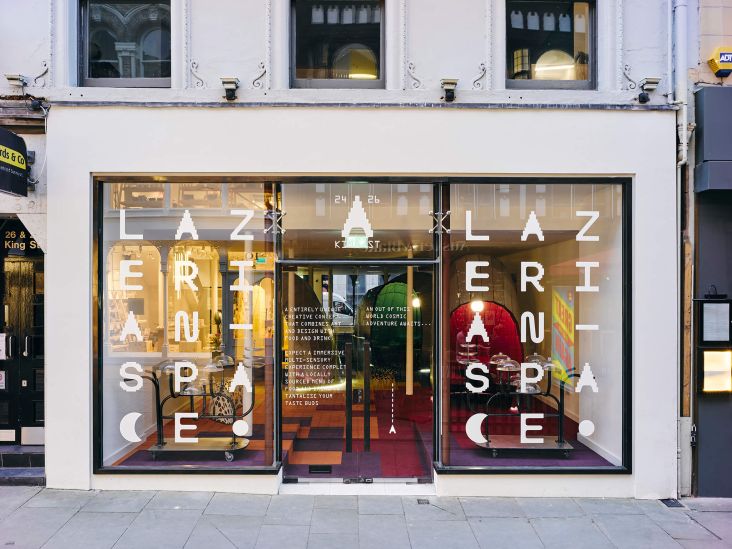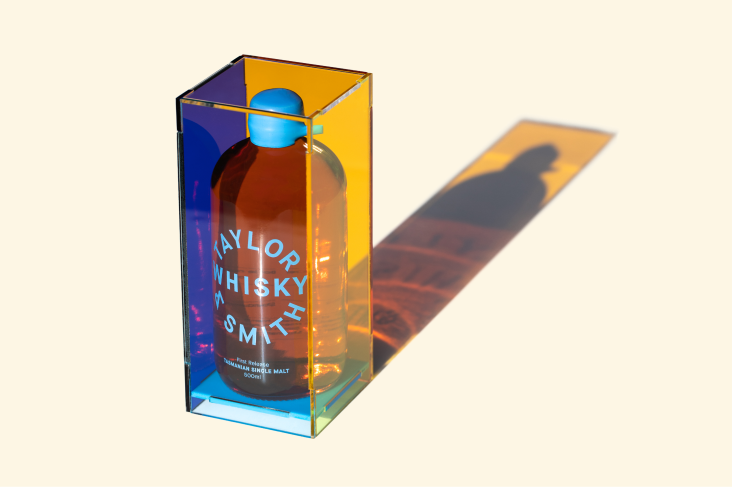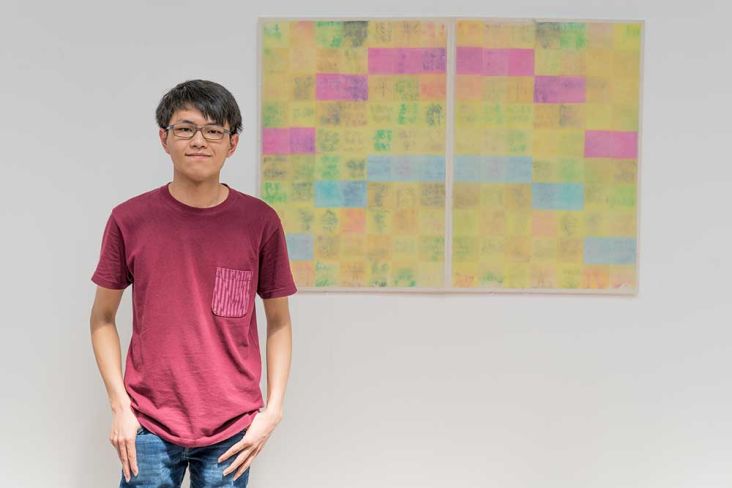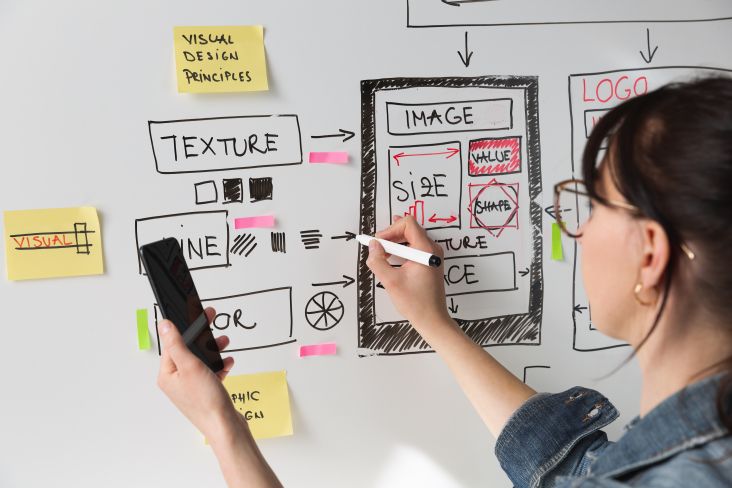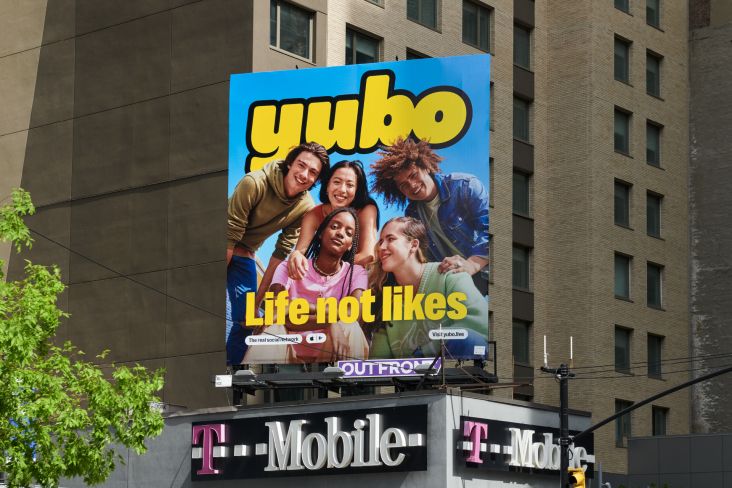What does the future hold for UX and UI designers?
Throughout the last decade, the world became more digitally connected than it had ever been before. The global pandemic has only accelerated that trend. As a result, UX (user experience) and UI (user interface design) are skills that have never been more in demand.
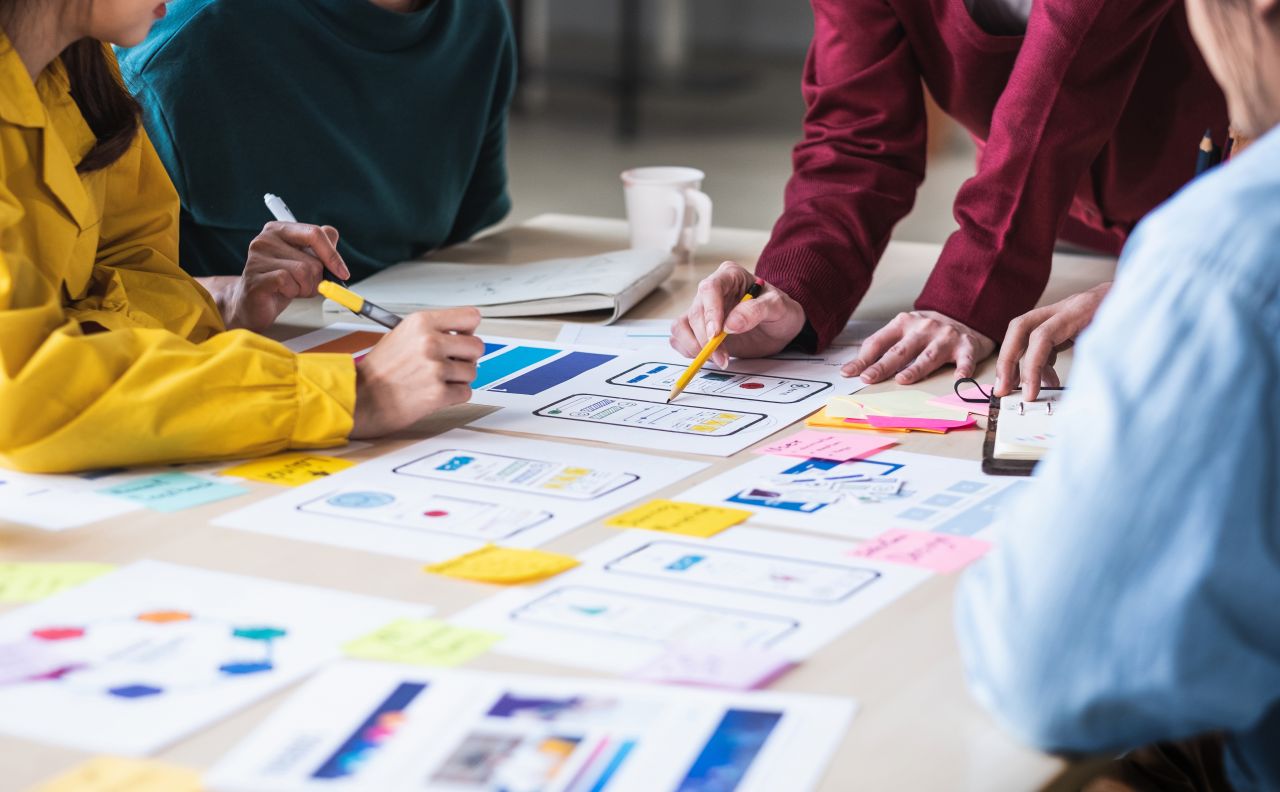
Image licensed via Adobe Stock
But will that continue? And for how long? And what new UI and UX skills will be needed in the years ahead?
Created, an online academy offering hands-on courses in UX design, UI design, and motion design, knows more about this topic than most. So we've teamed up with them for this article, exploring what the future holds for UX and UI designers.
(Meanwhile, if you need a primer on basic definitions, check out this article on Knowing the differences between UI and UX design.)
Not just digital
The first point to make is that we're not just talking about digital. The principles of UI design and UX design are often applied to all sorts of real-world systems too.
"UX and UI impact everyone's lives on a daily basis, whether this is through digital on non-digital forms," explains Andy Ireland, senior service designer at EE & BT and a Created mentor. "UX is all about understanding people and what they do; everything people aim to achieve in life from huge tasks to small ones. And so it's involved in things such as brushing your teeth: how is the toothbrush shaped, what is the best toothpaste and why, and so on.
"Our everyday lives are filled with experiences that are user-focused, and also objects and things that we interact with the user interface for, to achieve our goals." With that in mind, the areas that UX and UI design could take us to in future are beyond limit.
To take two examples, though, Andy sees AI and chatbots soon becoming the norm and things that design teams will be increasingly aligned around. "As our ability to understand people, collect data, and process that data improves, so will our ability to provide experiences that are artificial and predictive, yet appear in a human-like manner," he predicts.
Beyond the smartphone
One other thing seems certain: we're no longer just talking about desktop computers, tablets and smartphones. "UX and UI design has for a long time sat within the web and app development space," notes Andy. "But with the arrival of smart home technology, this is rapidly changing. Systems and processes that are being created and designed by UX and UI designers include such things as smart fridges, home lighting systems, smart cars and more."
And this world of smart tech is only at the beginning, he believes. "How all these smart technologies work together and are operated by people are starting to become the next big problems that UX and UI designers are focusing on.
"Whatever you may want to do, technology and products are advancing to relieve stress, time and create convenience for people."
The need for UX and UI designers
In a world where Virgin Atlantic is developing flying taxis, self-driving buses have started trials in Spain, and Amazon's drone delivery fleet now has FAA approval, it's hard to disagree. It's undeniable that such systems are going to require good UI and UX design to function successfully.
"UX and UI designers will be instrumental to the future of getting things done," believes Andy. "The more 'things' we have and use (whether knowingly or not), the more need there is for the skills of UX and UI designers to bring these experiences to life."
"AI and standardisation will obviously increase as time goes on. But so will new emerging technologies, and therefore habits. Thus the need for UX and UI designers will go on, constantly exploring behaviour, needs and goals and translating them into positive personal experiences that we will all interact with within our day to day lives."
Of course, UX and UI designers are already important and have been for some time. "But the change for me is that others are now actually appreciating how important they are, both from a process and personal point of view," says Andy.
Service design
But if you're already working in the profession, what's the next step to boost your career further? "One of the natural progressions for a UX/UI designer is to move towards the world of Service Design," believes Andy.
Service Design has many definitions, but essentially it's a way of creating processes for the design services according to both the needs of users and the competencies and capabilities of service providers. Companies that have undergone Service Design audits in recent years including the likes of Booking.com, AirBnB and Car2Go.
"The core skills of communication, both verbally and through design, as well as strong collaboration, an inquisitive mind, not being afraid to be disruptive, strong problem solving and a willingness to learn and develop every day are fundamental and transferrable to Service Design," says Andy. For more on this, check out his Medium article on the subject.
Learn UX and UI design with Created Academy
Want to become a UX designer or a UI designer? A great place to do so is Created, an online academy dedicated to giving creatives the skills you need to succeed in the modern world.
Created's courses take place remotely, and you'll spend most of your time working on hands-on client briefs rather than theory. Along the way, you'll get feedback from real-world professionals to keep you on track, as well as working, supporting and collaborating with other budding creatives.
As a result, you'll be much more employable and have a killer portfolio to showcase at interviews. Created's offers the following courses: UX Foundation, UX Professional, UI Foundation and UI Professional. They're the ideal way to get started in UX and UI design: find out more at created.academy.





 by Tüpokompanii](https://www.creativeboom.com/upload/articles/58/58684538770fb5b428dc1882f7a732f153500153_732.jpg)

 using <a href="https://www.ohnotype.co/fonts/obviously" target="_blank">Obviously</a> by Oh No Type Co., Art Director, Brand & Creative—Spotify](https://www.creativeboom.com/upload/articles/6e/6ed31eddc26fa563f213fc76d6993dab9231ffe4_732.jpg)


](https://www.creativeboom.com/upload/articles/21/212b36fa1d576a9ea1aeb322ef0cffd6a5009e61_732.png)






